Advertising Standards Authority finds against Amex and British Airways over 2-4-1 vouchers
Links on Head for Points may support the site by paying a commission. See here for all partner links.
The Advertising Standards Authority has decided that British Airways and American Express have been misleading in their promotion of the British Airways American Express 2-4-1 voucher.
I can see the point. If you read Head for Points then you implicitly understand that the 2-4-1 voucher only covers the Avios required for the 2nd ‘free’ flight.
Taxes and charges are due on both tickets. This is not necessarily clear to the general public.
British Airways and American Express offered to amend the small print to say “Taxes, fees and charges apply per person”. This was welcomed by the ASA but was not seen as enough to overcome the strong ‘2-4-1’ message.
I knew this judgement was coming and we amended our credit cards directory last week to remove reference to ‘2-4-1’. We will continue to use that phrase in our editorial but other references will change to ‘companion voucher’.
You can read the full judgement on the ASA website here.
PS. Whilst you’re on the ASA website, have a look at this judgement against Holiday Inn Express from 2014. It asks a deep philosophical question. Is breakfast at Holiday Inn Express actually ‘free’? Can something be ‘free’ if no-one pays for it? The ASA decided that it isn’t and wasn’t. Holiday Inn Express has not been able to advertise ‘free breakfast’ in the UK for the past six years.
PS. If you are not a regular Head for Points visitor, why not sign up for our FREE weekly or daily newsletters? They are full of the latest Avios, airline, hotel and credit card points news and will help you travel better. To join our 70,000 free subscribers, click the button below or visit this page of the site to find out more. Thank you.
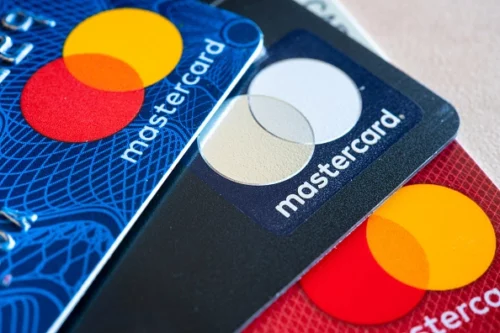
Want to earn more points from credit cards? – July 2025 update
If you are looking to apply for a new credit card, here are our top recommendations based on the current sign-up bonuses.
In 2022, Barclaycard launched two exciting new Barclaycard Avios Mastercard cards with a bonus of up to 25,000 Avios. You can apply here.
You qualify for the bonus on these cards even if you have a British Airways American Express card:
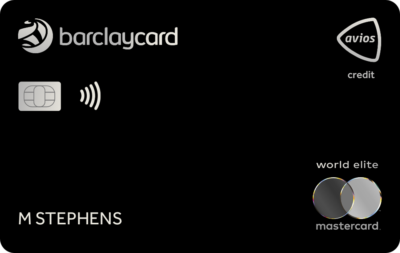
Barclaycard Avios Plus Mastercard
Get 25,000 Avios for signing up and an upgrade voucher at £10,000 Read our full review
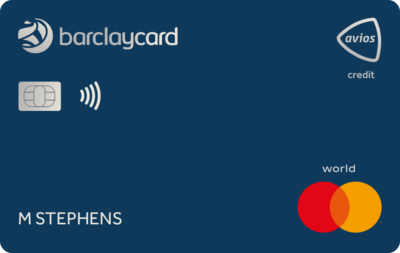
Barclaycard Avios Mastercard
Get 5,000 Avios for signing up and an upgrade voucher at £20,000 Read our full review
You can see our full directory of all UK cards which earn airline or hotel points here. Here are the best of the other deals currently available.
SPECIAL OFFER: Until 15th July 2025, the sign-up bonus on the Marriott Bonvoy American Express Card is TRIPLED to 60,000 Marriott Bonvoy points. This would convert into 25,000 Avios or into 40 other airline schemes. It would also get you at least £300 of Marriott hotel stays based on our 0.5p per point low-end valuation. Other T&C apply and remain unchanged. Click here for our full card review and click here to apply.
SPECIAL OFFER: Until 14th August 2025, the sign-up bonus on the Hilton Honors Plus debit card is TRIPLED to 30,000 Hilton Honors points. You will also receive Gold Elite status in Hilton Honors for as long as you hold the card. Click here for our full card review and click here to apply.
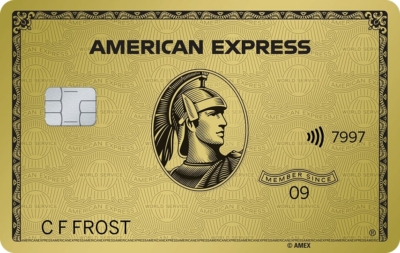
American Express Preferred Rewards Gold Credit Card
Your best beginner’s card – 20,000 points, FREE for a year & four airport lounge passes Read our full review
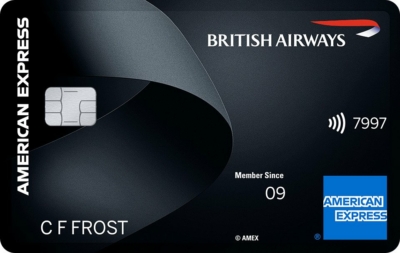
British Airways American Express Premium Plus Card
30,000 Avios and the famous annual Companion Voucher voucher Read our full review
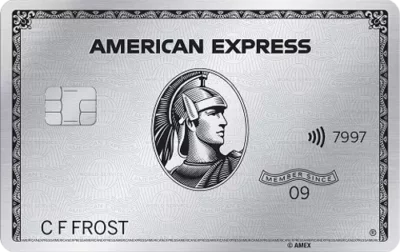
The Platinum Card from American Express
50,000 bonus points and great travel benefits – for a large fee Read our full review
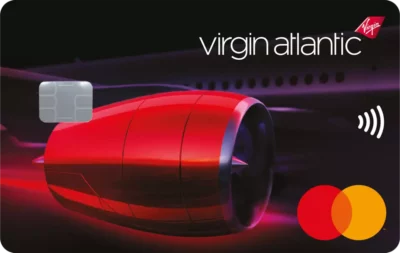
Virgin Atlantic Reward+ Mastercard
18,000 bonus points and 1.5 points for every £1 you spend Read our full review
Earning miles and points from small business cards
If you are a sole trader or run a small company, you may also want to check out these offers:
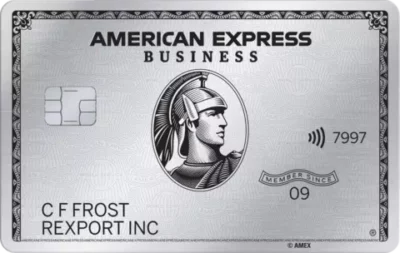
The American Express Business Platinum Card
50,000 points when you sign-up and an annual £200 Amex Travel credit Read our full review
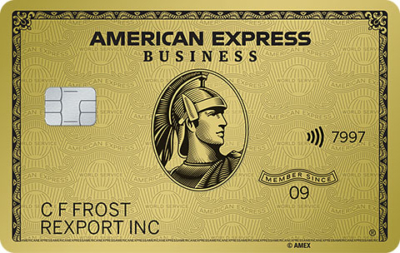
The American Express Business Gold Card
20,000 points sign-up bonus and FREE for a year Read our full review
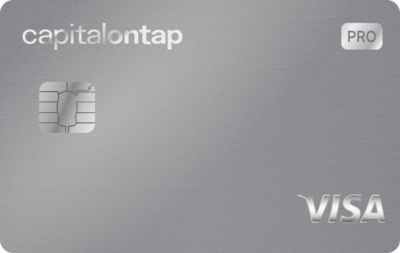
Capital on Tap Pro Visa
10,500 points (=10,500 Avios) plus good benefits Read our full review
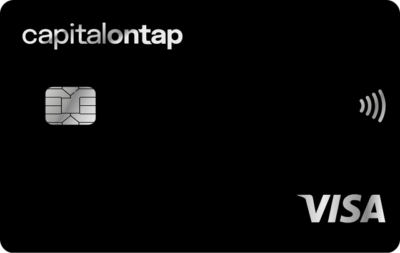
Capital on Tap Visa
NO annual fee, NO FX fees and points worth 0.8 Avios per £1 Read our full review
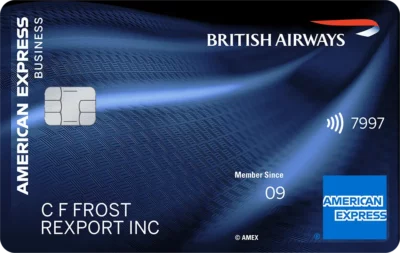
British Airways American Express Accelerating Business Card
30,000 Avios sign-up bonus – plus annual bonuses of up to 30,000 Avios Read our full review



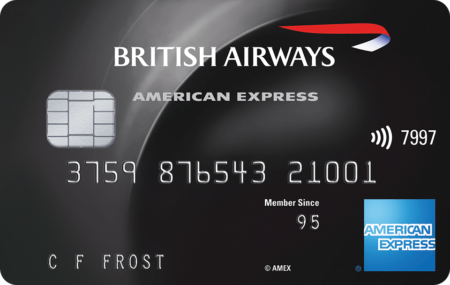
 Rhys
Rhys 
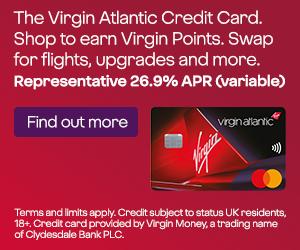

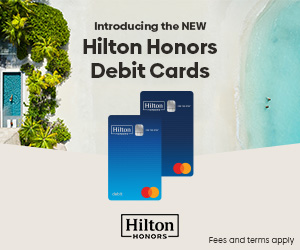
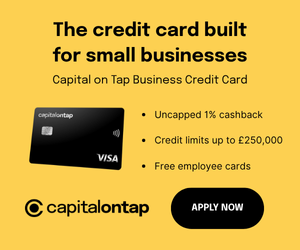

Comments (48)